编者按:时值建党百年,为实现党建联动区域化、促进党史教育机制化,上海外国语大学与上海龙华烈士陵园举办签约共建仪式,开展建党百年专题活动,引导广大青年在学思践悟中传颂先辈故事、坚定理想信念。上外英院龙陵青年志愿服务队从译介角度进行实践,讲演中国共产党人的革命故事,积极推广文化译介新理念,助力红色文化“走出去”。
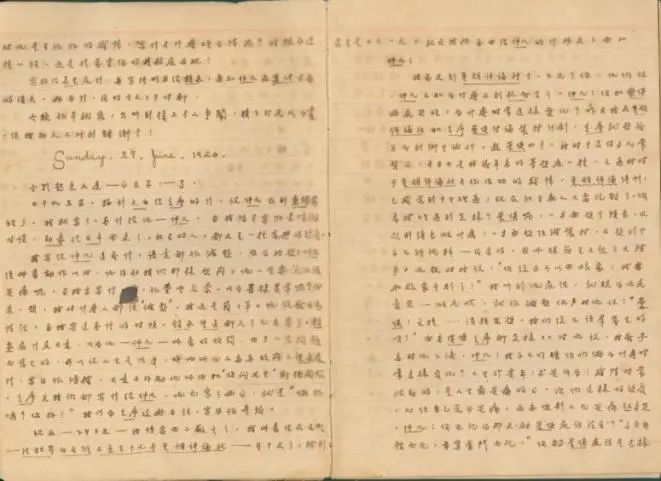
图为1920年俞秀松日记 (23cm*16cm)
朗读者:2021级硕士生 邵欣然
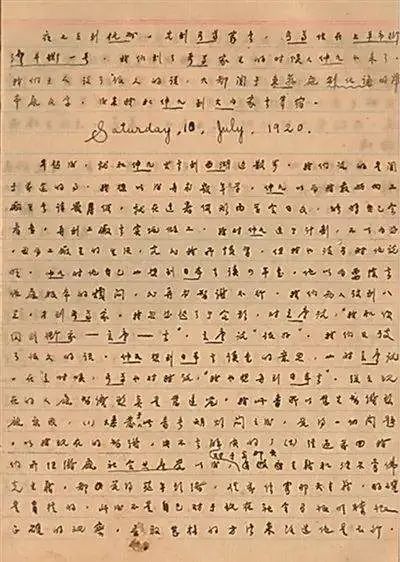
图为俞秀松日记(内页)
该日记本是老式线装练习簿式样,封面有小楷毛笔书写的“日记24.6.1920-秀松3.1.7.1920”字样。它的主人是俞秀松--上海共产党早期组织发起人之一。它写于1920年6月到7月间,里面记载了中国共产党在上海创建前的一些活动以及俞秀松的若干生活片段,是一份难得的历史资料。
This diary is in the traditional style of a thread-bound exercise book, with small regular script "Diary 24.6.1920 - Xiusong 3.1.7.1920" written on the cover. It is attributed to Yu Xiusong, one of the founders of the early Communist Party in Shanghai. Written between June and July 1920, the diary is a rare historical record of some early activities of the Communist Party of China, before its founding in Shanghai, as well as a series of episodes of Yu's life.
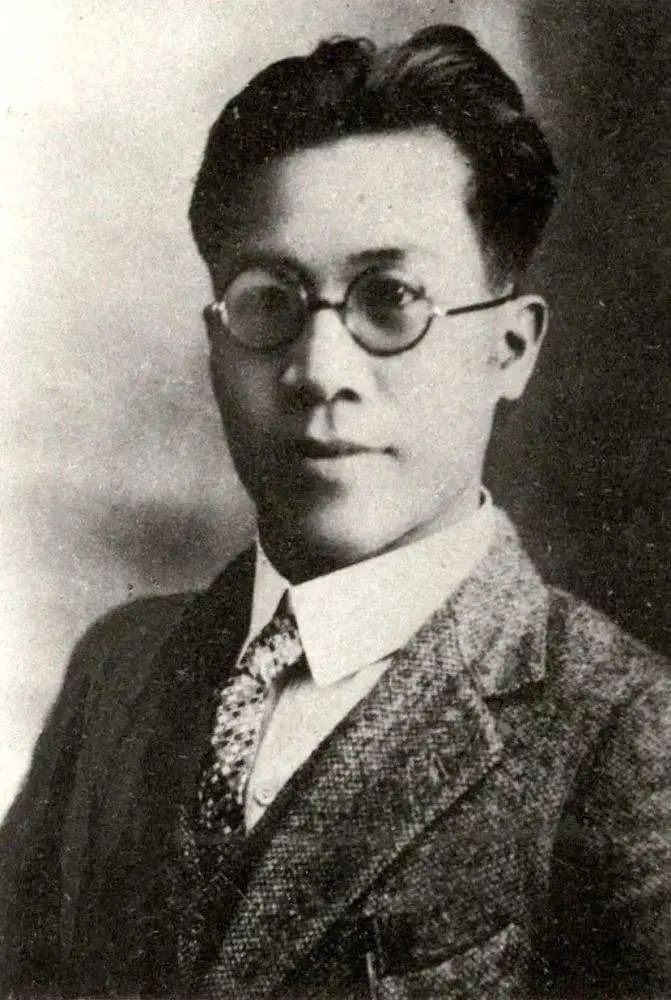
图为俞秀松像
俞秀松(1899-1939),浙江诸暨人。1920年参加上海马克思主义研究会,后参加上海共产党早期组织。同年8月,参与创建上海社会主义青年团,任书记。1922年后,任第一届团中央执行委员、中共上海地委委员等职。1925年赴莫斯科学习。1935年受苏共中央委派到新疆,任反帝总会秘书长、新疆学院院长等职。1937年因苏联“肃反运动”扩大化遭逮捕。1939年在莫斯科遇害。
Yu Xiusong (1899-1939) was born in Zhuji, Zhejiang Province. He joined the Shanghai Marxist Research Association in 1920 and later the early Communist Party in Shanghai. In August of the same year, he participated in the founding of the Shanghai Socialist Youth League and became its secretary. After 1922, he became a member of the Executive Committee of the First Central Committee of the Chinese Communist Youth League and a member of the Shanghai Regional Committee of the CPC. In 1925, he went to Moscow to further his study. In 1935, he was appointed to go to Xinjiang by the Central Committee of the Communist Party of the Soviet Union, where he served as secretary-general of the Anti-imperialist General Association and director of the Xinjiang Academy. In 1937, he was arrested during the Great Purge in the Soviet Union, and was killed in Moscow in 1939.
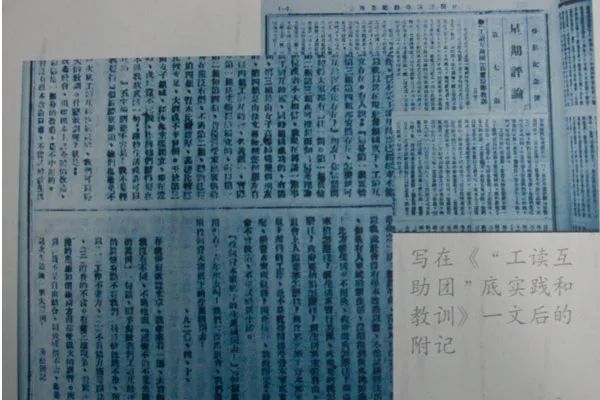
图为俞秀松在《星期评论》专号上发表的文章
满目疮痍的旧中国,曾使无数热血青年苦闷不已。如何才能救民族于危亡,拯人民于水火,是那一代青年的自觉追索。1920年是俞秀松思想转变的一年。这一年,俞秀松放弃了做学问家的志愿,而“情愿做个‘举世唾骂’的革命家”。他于3月27日从北京南下上海,寄居在星期评论社,结识了陈独秀、陈望道、李汉俊等人。
The devastated old China was a source of anguish for many young people of that generation. It was their urgent desire to find out how they could save the nation from peril and save the people from destruction. In 1920, Yu experienced a change of mind. This year, Yu gave up his desire to be a scholar and preferred to be a revolutionary "reviled by the world". On 27 March, he went south from Beijing to Shanghai and stayed at the Weekly Review Society, where he met Chen Duxiu, Chen Wangdao, Li Hanjun and others.
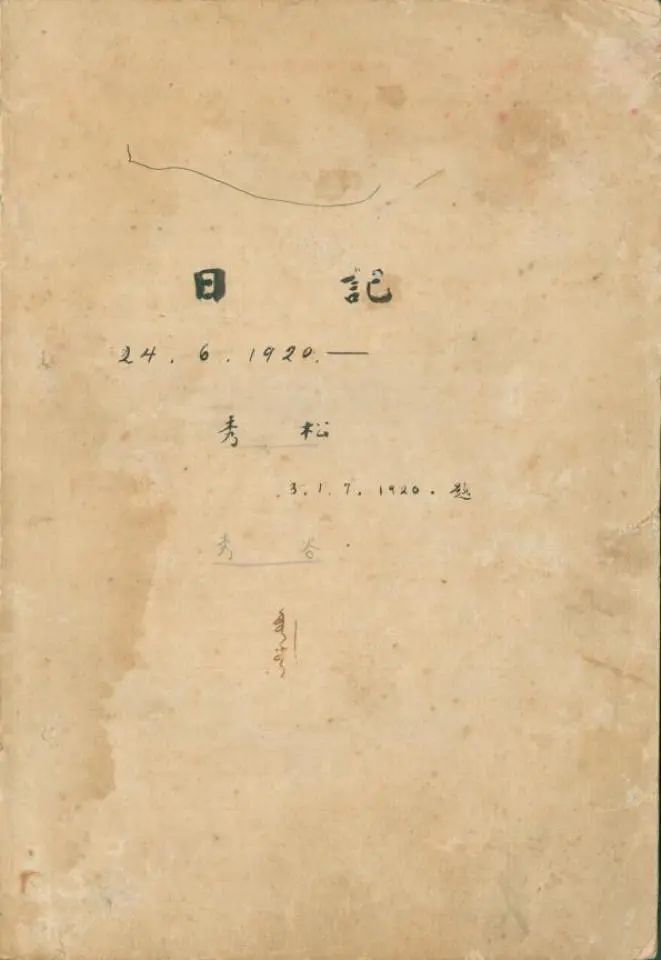
图为俞秀松日记封面
夜,望道叫我明天送他所译的《共产党宣言》到独秀家里去。这篇宣言底原文是德文,现在一时找不到。所以只用英、俄、日三国底译文来校对了。(1920年6月27日)
During the night, Wangdao asked me to send his translation of The Communist Manifesto to Duxiu's house tomorrow. The original text of the Manifesto is in German, but we cannot find it now. So, we have to rely on the English, Russian and Japanese translations to proofread it. (June 27, 1920)
九点到独秀家,将望道译的《共产党宣言》交给他。我们谈些译书的事,总该忠实精细,但现在译书的人,每天以译书度过生活,总许有八千字,才能生活,于是不能不误会的误会,杜撰的杜撰,这是私有财产制度下,没有一件事可做了。(1920年6月28日)
I went to Duxiu's house at nine o'clock and handed him The Communist Manifesto translated by Wangdao. We then talked about translation. One should always be faithful and meticulous. But nowadays, translators make a living on their translations. As they must produce 8,000 words a day to survive, misunderstanding or falsification becomes inevitable. One can barely do anything for it's own sake in pursuit of private property. (June 28, 1920)
这两段文字便出自俞秀松日记。众所周知,《共产党宣言》的第一个中文全译本出版于1920年8月,是由陈望道翻译,陈独秀和李汉俊校对的。现在,通过俞秀松日记,我们知道了第一个译本是由英、俄、日三国的译文校对完成的,还知道了译书过程中的诸多细节性场景,百年前的历史似乎变得鲜活了。
These two paragraphs are from Yu's diary. As is well known, the first complete Chinese version of The Communist Manifesto was published in August 1920, translated by Chen Wangdao and proofread by Chen Duxiu and Li Hanjun. Now, with Yu's diary, we know more details of the translation process and what happened 100 years ago comes alive.
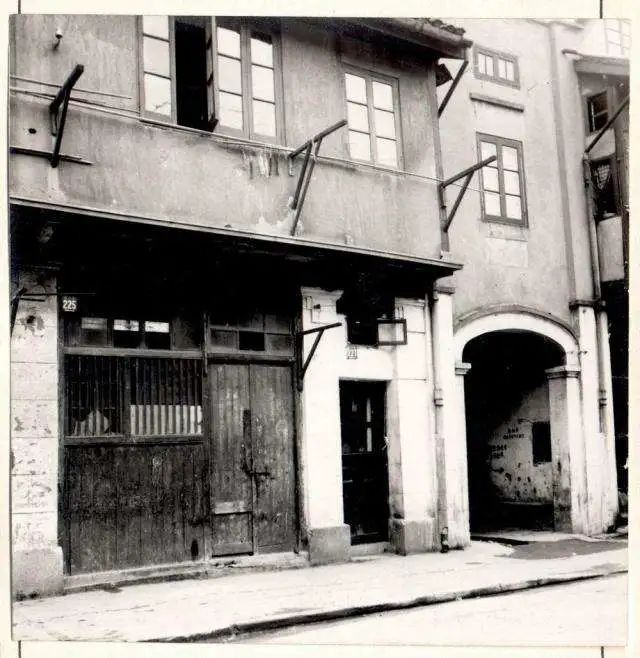
图为上海机器工会临时会所旧貌
作为接受马克思主义的先进知识分子,俞秀松将理论与实践相结合,知行统一。他到上海后不久,就脱下长袍,进入厚生铁厂做工。他在日记中写道进工厂的目的:
As an advanced intellectual who accepted Marxism, Yu combined theory with practice. Soon after he arrived in Shanghai, he changed his dressing style and went to work in the Housheng Ironworks. He wrote in his diary about the purpose of entering the mill:
1. 观察现在上海各工厂底内容和工人底生活状况;
2. 观察工人底心理,应该施什么教育和交际的方法;
3. 尽我底能力,于可能的范围内,组织一个很小的工人团体……(1920年6月29日)
1. To observe the work and the living condition of the workers;
2. To observe the psychological state of the workers, and what means of education and communication should be employed;
3. To do my best, and wherever possible, to organize a small body of workers ... (June 29, 1920)
1920年11月,厚生铁厂等单位联合组建的“上海机器工会”正式成立,这是上海共产党早期组织指导下创建的第一个工会,俞秀松在其中的工作不可忽视。
In November 1920, the "Shanghai Machine Trade Union" was jointly established by the Housheng Ironworks and other units. It was the first trade union founded under the guidance of the early organization of the Communist Party in Shanghai and Yu's role could not be ignored.
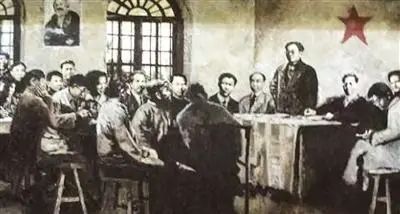
图为中国社会主义青年团第一次全国代表大会会场
俞秀松在厚生铁厂做工的几个月,正是中国共产党早期组织筹建发起的时候。一切有利于建党、有利于人民的事情,他都努力去做。1920年6月,上海共产党早期组织成立,俞秀松是5个发起人之一。紧接着,上海社会主义青年团成立,俞秀松任书记,在他的努力下,全国各地的团组织得到了极大发展。
The few months Yu spent working at the ironworks coincided with the early organization of the CPC. Yu made every effort to do anything conducive to the establishment of the Party and beneficial to the people. In June 1920, the early organization of the Communist Party in Shanghai was founded, and Yu was one of the five founders. Soon after, the Shanghai Socialist Youth League was formed, with Yu as its secretary. With his efforts, the league organizations throughout the country achieved great development.
透过俞秀松日记,我们看到了百年前风起云涌的时代中,一名革命青年的成长轨迹。它是革命先贤留给我们的珍贵记忆,一份无价的遗产。
Through Yu's diary, we can see the growth of a revolutionary youth in the turbulent times. His diary is a precious memory left to us, a priceless legacy.
(中文作者:鲍晓琼)
我要评论 (网友评论仅供其表达个人看法,并不表明本站同意其观点或证实其描述)
全部评论 ( 条)